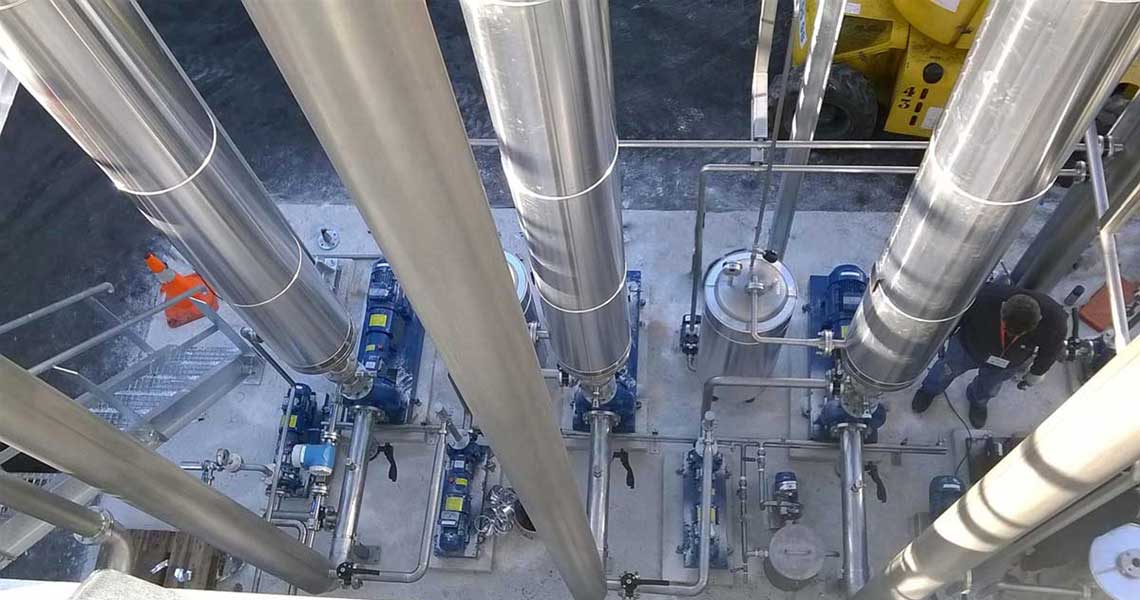Zero Liquid Discharge (ZLD)
Zero liquid discharge (ZLD) systems remove liquid waste streams from industrial plants and transform them into a cleaner liquid and with valuable solid by-products which can be sold or reused.
The benefits of the ZLD system include:
-
Accelerates the reduction or complete elimination of waste products
-
Separates unwanted materials from liquid to produce both cleaner liquid and more solid residues which are easier to manage
-
Enables hazardous and toxic liquids and solid residues to be responsibly and safely disposed of
-
Recovery of valuable components that can be recycled or used in other processes
-
Processes are more environmentally friendly, energy efficient and regulatory compliant
-
Suitable for a wide range of industries including:
- power production
- chemical and fuel refining
- mining, distillation
- food production
- waste treatment
-
Custom designed systems, tailored to treat different waste streams and processes.
Custom-made solutions
Every system is custom-designed, determined by detailed analysis of the water/waste stream to take into account such factors as:
- the levels of contamination, composition and chemicals present in the water
- flow rates
- the purity standards required from the condensate returned.
This information is essential to the efficiency of the solution as calcium, ammonium and some heavy metal salts are difficult to crystallise by evaporation and require other treatment techniques to be incorporated into the overall system design.
ZLD process steps
In general, the HRS ZLD process is divided into three major steps:
- Pre-treatment of the liquid waste stream
This involves any treatment needed to remove unwanted components or conditioning of the waste stream prior to evaporation/concentration. These are just a few of the possibilities: pH adjustment, filtration, flocculation, membrane processing, degasification etc.
- Evaporation
An evaporation step is needed to reduce the volume of the pre-treated stream as much as possible. This can be any kind of evaporation process, or a combination of several options including:
- Batch
- Multistage
- Forced recirculation
- Falling film
- Evaporation with corrugated tube heat exchangers
- Evaporation with scraped surface heat exchangers
The evaporation step should concentrate the stream as close as possible to saturation (or above) so that the final process step can become possible:
- Crystallisation
The crystallisation step involves the saturation of the waste stream in order to provoke the precipitation of the suspended solids. The crystallisation method depends on the solubility of the components present and should be studied in detail prior to designing a ZLD process. Crystallisation can be provoked by sudden cooling of the concentrated stream causing precipitation or over-concentrating to above the saturation point in the actual evaporation process. The precipitated solids are separated in a crystallisation tank. The supernatant/saturated liquid is returned to the evaporation step and mixed with the incoming pre-treated stream.
